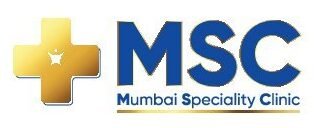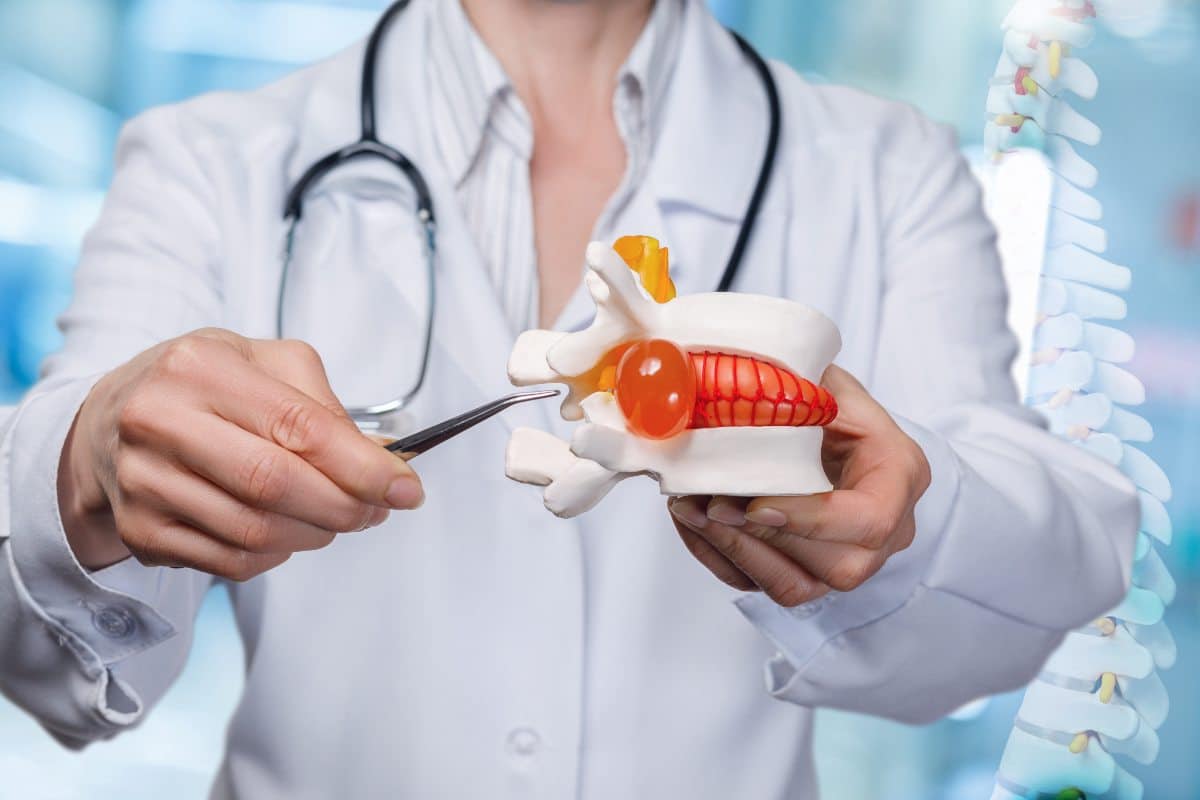
A herniated disc, also known as a slipped or ruptured disc, is a common spinal condition where the inner core of an intervertebral disc protrudes through its outer layer. This can result from age-related wear and tear, disc degeneration, or sudden trauma. The protrusion may compress nearby nerves, leading to symptoms such as localized back or neck pain, radiating pain, numbness, tingling, and muscle weakness. Diagnosis involves clinical evaluation and imaging studies. Treatment options range from conservative measures like rest, physical therapy, and medications to more invasive interventions, such as epidural injections or surgery, depending on the severity and impact on daily life.
Symptoms
Herniated disc symptoms include localized back or neck pain, radiating pain to arms or legs, numbness, tingling, and muscle weakness in the affected area. The severity varies, and symptoms may worsen with certain movements or positions. Diagnosis involves clinical evaluation and imaging studies to determine the extent of the herniation.
Causes
Herniated discs result from the displacement or rupture of the inner core of an intervertebral disc. Common causes include age-related wear and tear, disc degeneration, and sudden injury or trauma. These factors contribute to the weakening of the disc’s outer layer, allowing the inner core to protrude and potentially compress nearby nerves.
Rehabilitation
Herniated disc rehabilitation involves a tailored approach to relieve symptoms and improve function. It includes physical therapy focusing on strengthening supportive muscles, flexibility exercises, and posture correction. Pain management techniques, lifestyle adjustments, and gradual resumption of activities contribute to effective rehabilitation, aiming for long-term relief and prevention of recurrence.
Herniated Disc F&Q
A herniated disc, also known as a slipped or ruptured disc, occurs when the soft inner core of a spinal disc protrudes through the tougher outer layer, often causing pain and nerve compression.
Symptoms include localized back or neck pain, radiating pain to arms or legs, numbness, tingling, and muscle weakness in the affected area.
Diagnosis involves a clinical evaluation, medical history review, and imaging studies like MRI or CT scans to visualize the spine and identify the location and severity of the herniation.
Causes include age-related wear and tear, disc degeneration, and sudden injury or trauma that leads to the rupture or displacement of the disc’s inner core.
Treatment may involve rest, physical therapy, pain medications, and muscle relaxants. In severe cases, epidural steroid injections or surgical procedures like discectomy may be considered.
Yes, maintaining a healthy weight, practicing good posture, regular exercise for core strength, and proper lifting techniques can contribute to preventing herniated discs and minimizing associated risks.











